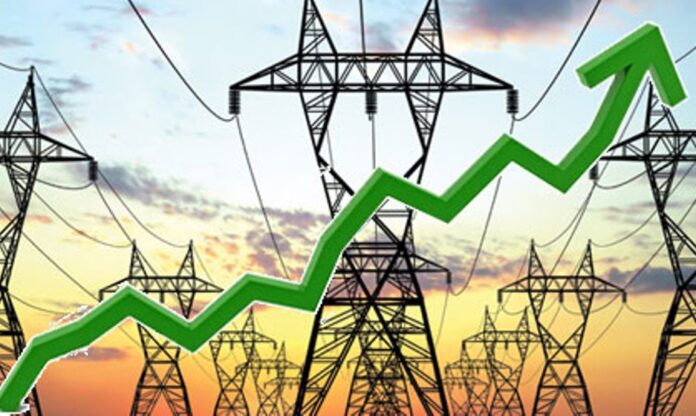A recent analysis of Pakistan’s electricity tariffs reveals a concerning trend of hidden costs pushing prices significantly higher for domestic households and businesses. These unforeseen expenses, which include US inflation adjustments and interest payments on circular debt, have made electricity unaffordable for many, prompting urgent calls for the government to renegotiate power purchase agreements (PPAs) with plant operators.
Many independent power producers (IPPs) continue to invoice their electricity sales to the government in US dollars, protected by indexation clauses tied to the US dollar. This mechanism shields IPPs from currency depreciation and local inflation impacts, but it translates into higher costs passed on to Pakistani consumers. Moreover, consumers are also bearing the brunt of local inflation increases, further inflating their electricity bills.
Speaking at a seminar titled “Understanding Tariff Setting Process, and Tariff Components,” Dr. Khalid Waleed, an energy expert at the Sustainable Development Policy Institute (SDPI), highlighted that several IPPs have linked their capacity charges to the US economy. “Electricity costs in Pakistan rise alongside US inflation,” he explained, emphasizing the direct correlation between global economic factors and local electricity prices.
The proposed tariff hike has sparked widespread discontent, leading to protests across the country. While the government has exempted protected consumers from the increase and reduced industrial tariffs to enhance competitiveness, household tariffs are slated to rise between 12% and 30%.
During the seminar organized by the Centre for Economic and Energy Journalists (CEEF) in collaboration with SDPI, Dr. Waleed noted alarming increases in capacity payments, citing a 216% surge over five years in the capacity charges of an imported coal-fired power plant in Punjab. He attributed this escalation to factors like US dollar indexation and interest payments on circular debt, which now constitute 70% of the overall tariff.
Dr. Waleed underscored that the burden of these costs is disproportionately higher on smaller consumers, terming the current tariff structure as regressive. He urged the government to renegotiate IPP contracts, echoing past efforts that successfully ended US dollar indexation for some plants.
Ahad Nazir, another SDPI energy expert, pointed out that declining grid consumption, coupled with substantial investments in power generation without commensurate upgrades in transmission infrastructure, has led to excessive capacity and inflated capacity payments.
Efforts are underway to decentralize tariff structures at distribution companies to promote competitive pricing, although significant changes are not expected in the near term.
In conclusion, the escalating hidden costs embedded in Pakistan’s electricity tariffs are exacerbating affordability challenges for consumers and necessitate immediate policy interventions to stabilize




